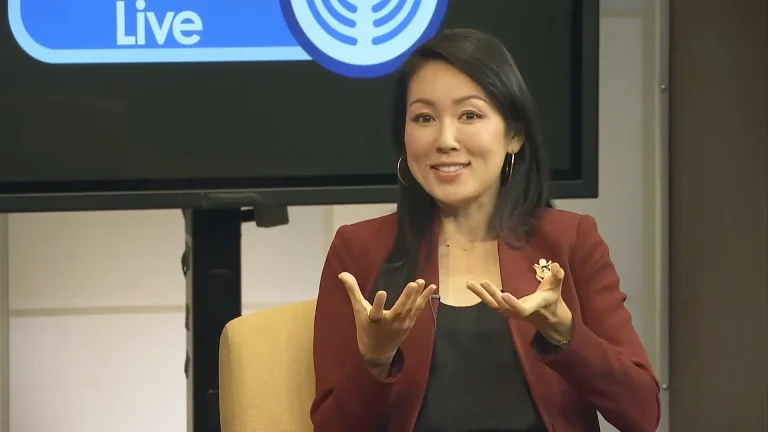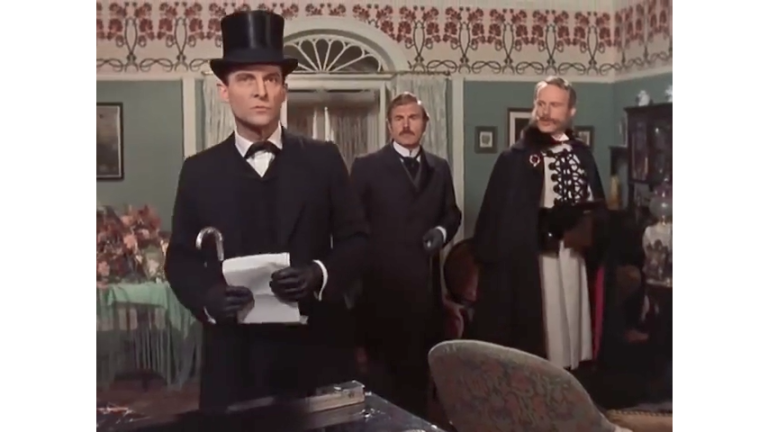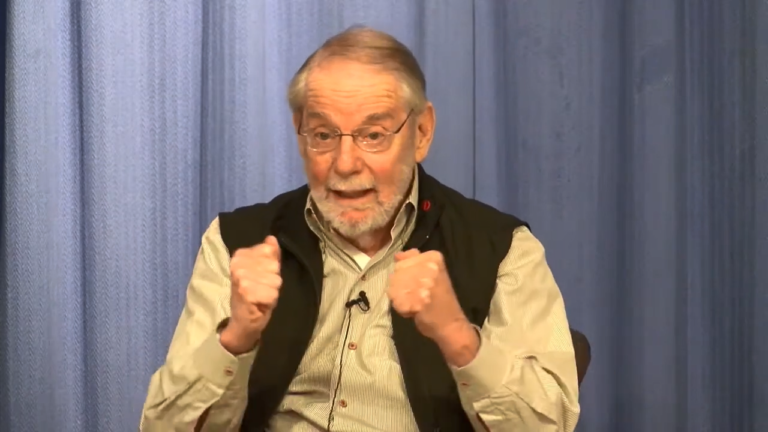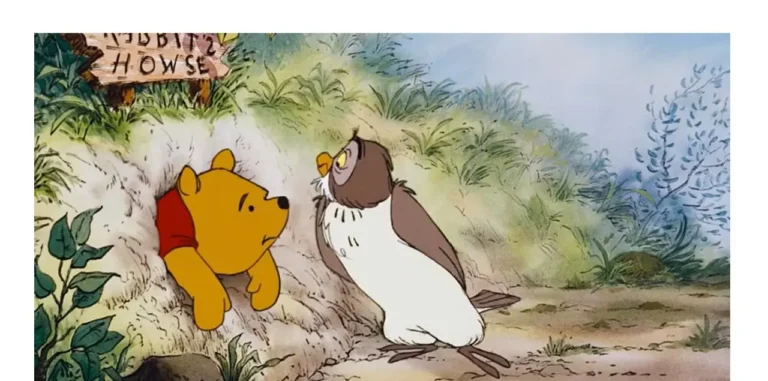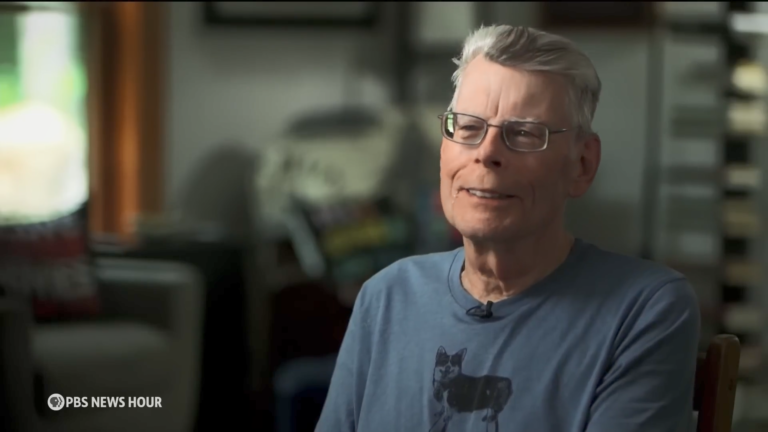What 40 Years as a New Yorker Editor Will Teach You
Corporate communicators can learn a lot from a master of long-form stories
John Bennet, 76, died July 9, 2022.
Even avid readers of The New Yorker might not recognize his name. He started at the magazine on the copy desk in 1975 and retired as a senior editor in 2016. He also taught a course in magazine writing at the Columbia University Graduate School of Journalism for many years.
“Through some rare mix of taste, judgment, candor, composure, selflessness, and insubordination, he earned that measure of trust and affection which makes it possible for editors to deliver cold, hard feedback, and for writers to be open to it, and grateful,” Staff Writer Nick Paumgarten wrote in, “John Bennet, Enemy of the Blah Blah Blah.”
A native of Athens, Texas, Bennet coined sayings about writing and editing which he often repeated. His writers and students came to call them “Bennetisms.”
He might seem to be an unlikely source of advice for corporate communicators. For one thing, he edited many great writers, including Elizabeth Kolbert, Connie Bruck, Seymour Hersh, Oliver Sacks and William Finnegan. For another, he was often editing stories that were more than 10,000 words long. That’s a blessing — or a curse — corporate communicators don’t have. And as a fierce believer in journalism, Bennet himself might have bristled at his aphorisms being used in this context.
Nonetheless, the Bennetisms offer insight to anyone who cares deeply about writing and editing.
The inspiration for this piece came from a podcast interview he gave in 2017 for the Alberta Magazine Publishers Association called “What I Learned After 40 Years at the New Yorker.” Here are some great examples of Bennet’s wisdom:
- “An editor’s like a shrink, the clients have to project impossible wisdom onto them, otherwise their world collapses.”
- “A writer is like a patient in a hospital wearing one of those gowns that’s open in the back. An editor’s the doctor walking behind, assuring him that nobody can see his ass.”
- “When they give me copy, it’s always great copy no matter what it’s like because I’ve got to get them to finish the piece before I can even begin to address that piece.”
- Writers are “in what I call the fog of authorship. Everything is unclear.”
- “I compare writers to Civil War generals in the fog of battle,” he said. “Editors are like civil war historians. It all seems clear to an editor because he’s outside that fog.”
- “If I’m reading something and my pulse is beating, I know that that’s good,” he said. “If I’m starting to skim, I know it’s boring.”
- “If you analyze too much when you’re editing on a long, long fact piece of say 10 or 15 thousand words, you just fall through the ice. You have to skate quickly.”
- “Much of my editing task work is taking sentences that a writer worked really hard to make complicated, dependent clauses, and little flashbacks and so forth,” he said, “and I look at it and try to determine what order the things in that sentence actually happened, and I’ll rearrange the sentence so that this happens, this happened and then this happened.”
- William Shawn was the New Yorker’s editor from 1951 to 1987. His “advice, in fact his order, his mantra was, ‘We don’t improve pieces at The New Yorker. We don’t make them better.’ and that’s sort of a paradox. I suppose what he meant by that is the piece is the writer’s piece. And I found this to be true even if I have to fix every sentence in a piece in order to make it publishable.”
- “What makes that piece work, what makes a piece great even, is what the writer brought to it,” he said. “The editor is not the author is what I’m trying to say, no matter how heavily we may edit something.”
Bennet had a salty version of that same sentiment, according to Paumgarten and others. “Anything great about a piece is because of the writer. Don’t fuck it up.”
Here’s a couple more sayings from Paumgarten’s story:
- When a young writer showed promise, he would say, “There’s film in the camera.”
- “A piece with a nut graf is like a documentary with a voice-over—it means you haven’t got it all on film.”
- “Only shitty writers need transitions.”
Betsy Morais, the managing editor of “The Columbia Journalism Review,” offered some these sayings in her story about Bennet.
- Read the piece out loud.
- Cut the blah-blah.
- Chronology is your friend.
- Remember the banana rule: It’s never “the elongated yellow fruit.”
- There are only two numbers: big and small.
- You need a cosmic graf.
- Don’t nudge the reader.
Freelance writer Abby Aguirre has a notebook of Bennetisms. She offered a few via Twitter:
- The one bias of journalism is coherence. You’re imposing a narrative line where there isn’t one. The balance is making it appear coherent while acknowledging its incoherence.
- How to capture that one word in twenty that brings a character to life, simulates the delusion of intimacy.
- Start with the micro and go macro. Don’t start macro and get reductive.
- Look at physiognomy and use it as a metaphor or anti-metaphor. Either the physical embodies the person or ironically it doesn’t.
There’s a lot of sound advice and helpful tips there. For writers, there is also a reminder to cherish a good editor when you have one.
For communication leaders and managers, there’s an ingrained respect for writers. That can be hard to remember amid the hectic deadlines and frustration with poorly written copy.
Tom Corfman is an attorney and senior consultant with Ragan Consulting Group.
Contact our client team to learn more about how we can help you with your communications. Follow RCG on LinkedIn and subscribe to our weekly newsletter here.


